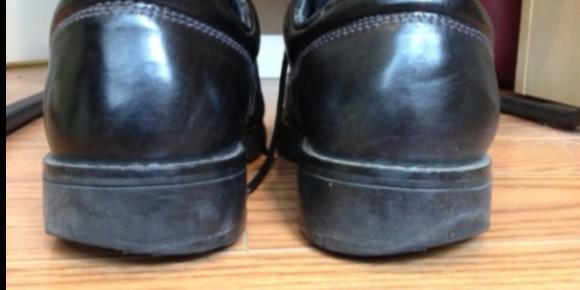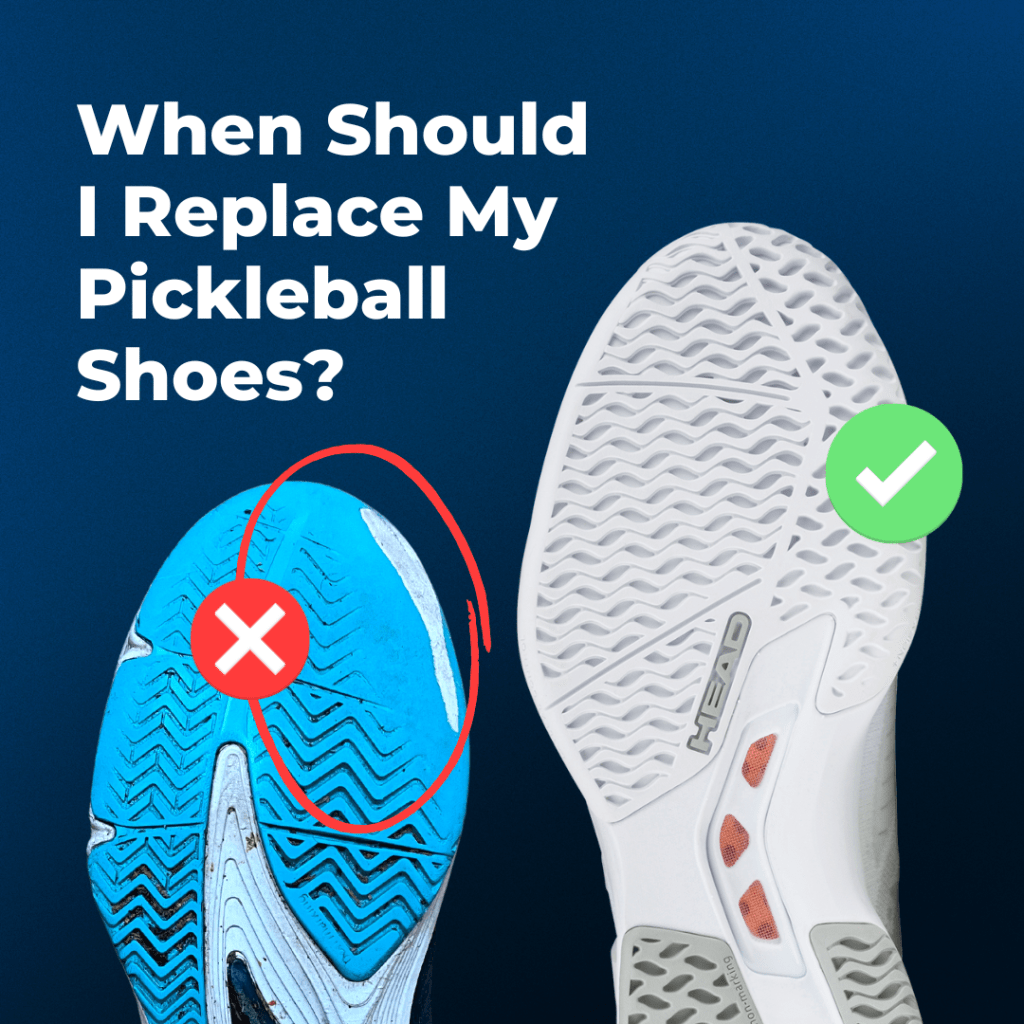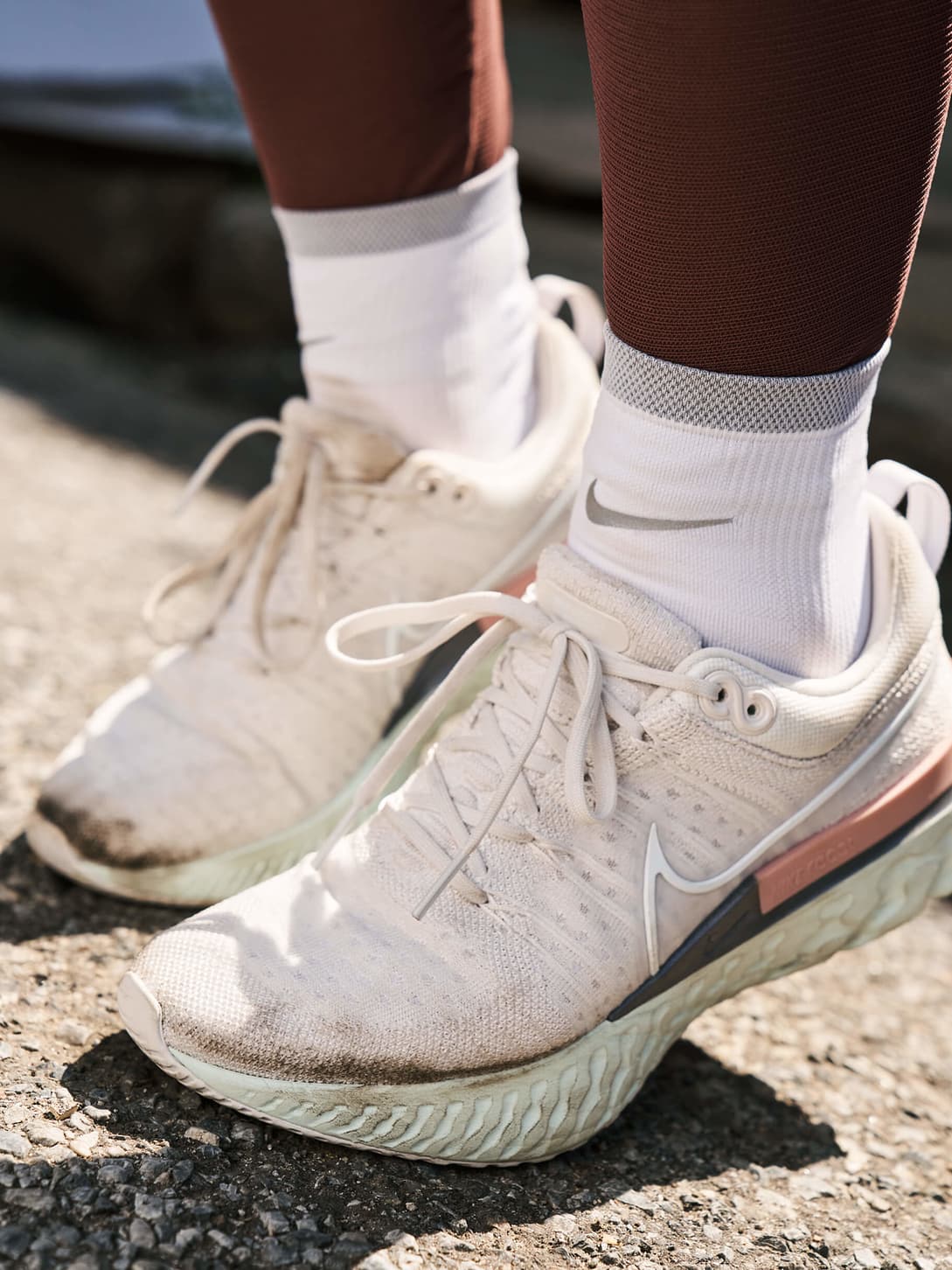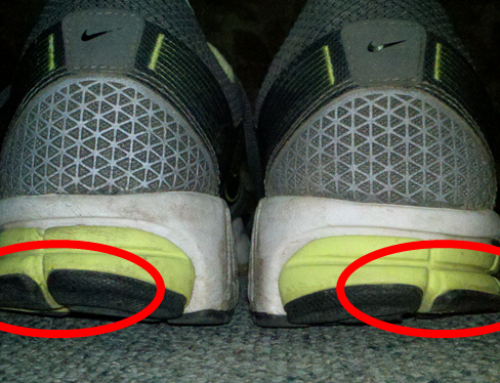As a shoe enthusiast, you may often find yourself pondering the longevity of your favorite pairs. Whether you’re a runner, a professional looking to maintain workplace professionalism, or simply someone who loves fashionable footwear, understanding when to replace your shoes is essential. This guide will delve into various factors influencing shoe lifespan, real-world cases, and even some tips to keep your footwear game strong!
Why is Shoe Replacement Important?
Worn-out shoes can lead to a range of problems, including discomfort, lack of support, and even injuries. Here are a few reasons why it’s crucial to stay on top of your shoe replacement:
- Foot Health: Old shoes lose their cushioning and arch support, which can lead to foot pain or conditions like plantar fasciitis.
- Style Factor: Shoes that have seen better days can ruin an otherwise fashionable outfit.
- Performance: For athletes, the performance of your shoes is directly tied to their condition. Proper footwear can enhance your performance and prevent injuries.
Factors to Consider When Replacing Shoes

1. Type of Shoe
First and foremost, the type of shoe you own plays a significant role in determining how often you need to replace them. For instance:

| Type of Shoe | Lifespan (in miles) | Signs of Wear |
|---|---|---|
| Running Shoes | 300-500 miles | Unusual wear on the sole, decreased cushioning |
| Dress Shoes | 3-5 years | Worn out soles, creased leather |
| Casual Sneakers | 1-2 years | Visible creasing, loss of support |
| Boots | 3-4 years | Worn-out tread, cracked leather |
2. Frequency of Use

How often you wear your shoes significantly determines their lifespan. For example, a pair of running shoes that you only use for weekend jogs will last much longer than a pair worn daily for commuting. Here are some insights:
- If you’re a daily commuter using the same pair of shoes, think about rotating your footwear to extend their lifespan.
- Shoes specifically designed for sports should never surpass their mileage limit, especially for athletes training frequently.
- Seasonal shoes, like sandals or winter boots, generally have longer lifespans as they are not used year-round.

3. Surface Type
The surfaces on which you typically wear your shoes also factor into their longevity. For instance, running on asphalt can wear out shoe soles quicker than running on a cushioned track. Here’s a brief overview:

- Asphalt: High wear; ideal for shoes designed for road running.
- Treadmill: Less impact; shoes can last longer.
- Trails: Uneven surfaces can lead to quicker deterioration of shoes not designed for it.
4. Build Quality

Higher quality shoes often come with better materials and construction techniques, which can significantly enhance their lifespan. Brands known for durability include:
- Nike: Known for their innovative materials that increase durability.
- New Balance: Excellent for both performance and comfort.
- Dr. Martens: Renowned for their iconic boots with exceptional longevity.

Case Study: Runners’ Experience
To exemplify these factors, let’s discuss a real-world example of Shelly, a running coach who alternates between two pairs of shoes for her daily runs. She replaces her shoes after every 400 miles based on the following observations:

- After 200 miles, she notices significant wear on the soles, prompting her to rotate shoes.
- At 350 miles, the cushioning starts to feel less responsive, indicating it’s nearly time for a replacement.
Shelly’s practice of tracking mileage, along with regular shoe rotation, has helped her avoid injuries and maintain peak performance.
When to Say Goodbye to Your Footwear
Signs That Indicate It’s Time for a Replacement
Now that we’ve identified factors that contribute to shoe longevity, let’s discuss specific signs that indicate it’s time to part ways with your favorite pair:
- Uneven Wear: Check the soles; if they resemble a road map, it’s time for a new pair.
- Cushion Compression: If you feel the ground more than usual while walking or running, bid farewell to your shoes.
- Foul Odor: Persistent odors that don’t go away after cleaning may indicate bacteria build-up, requiring a wardrobe refresh.
- Visible Damage: Cracks, tears, and other forms of noticeable damage should not be ignored.
- Foot Pain: If you’re experiencing discomfort that was not present before, it may be a sign your shoes are done.
Tips for Extending Shoe Lifespan
While understanding when to replace footwear is essential, there are ways to maximize the life of your shoes. Here are some tried-and-true tips:
1. Rotate Your Shoes
If feasible, maintain multiple pairs for different activities. This not only extends the life of each pair but also allows your shoes to decompress between uses.
2. Clean Regularly
Cleaning your shoes removes dirt and grime that can wear down materials. Follow manufacturer cleaning instructions to ensure longevity.
3. Invest in Quality
Though pricier, high-quality shoes often offer better durability and support. Look for reputable brands with good warranties.
4. Store Properly
Keep your shoes in a cool, dry place. Avoid leaving them in damp areas or extreme heat, which can warp and deteriorate materials.
Product Highlights
Let’s spotlight some exceptional footwear products known for durability and comfort:
- Asics Gel-Kayano: Ideal for runners, these shoes are designed to last with superior cushioning and support.
- Clarks Desert Boots: A classic choice for both style and longevity, perfect for casual outings.
- Hoka One One Bondi: Known for their excellent cushioning, these are suitable for long-distance runners.
Pros and Cons of Shoe Replacement
Pros
- Improved foot health and comfort.
- Enhanced performance for athletes.
- Staying fashionable with fresh styles.
Cons
- Cost associated with purchasing new shoes.
- Emotional attachment to favorite pairs.
- Finding the right replacement can be a challenge.
FAQs About Shoe Replacement
1. How do I know if my running shoes are worn out?
Look for signs of uneven wear, reduced cushioning, and any discomfort while running. A general rule of thumb is to replace them every 300-500 miles.
2. Can shoes wear out even if I don’t wear them often?
Yes, shoes can deteriorate over time due to factors like humidity and temperature, even if they’re rarely worn.
3. Are expensive shoes worth the investment?
High-quality shoes often last longer and provide better support, making them worth the investment for serious wearers.
4. What should I do with my old shoes?
Consider donating them, recycling them, or using them as gardening or gym shoes if they’re not too worn out.
5. How do I clean my shoes to extend their lifespan?
Follow the manufacturer’s guidelines for cleaning materials, but generally, a soft brush and mild detergent work well for most shoes.
6. Is it better to replace shoes frequently or buy a durable pair?
It depends on use and personal preference. A durable pair can be cost-efficient long-term, but you should still monitor wear and replace as needed.
7. How often should I check my shoes for wear?
Make it a habit to check your shoes monthly, especially if you wear them frequently.
8. Can I use running shoes for casual wear?
While it’s possible, keep in mind that some running shoes lose their appeal as casual footwear as they age.
9. Do different activities require different types of shoes?
Yes, specialized shoes provide better support and durability suited to specific activities, like running, hiking, or casual wear.
Conclusion
In conclusion, knowing when to replace your shoes is crucial for maintaining foot health, comfort, and style. By keeping in mind the factors influencing shoe longevity and recognizing signs of wear, you can ensure that your footwear not only looks good but also performs at its best. Remember, investing in quality shoes and taking care of them through routine cleaning and proper storage can significantly extend their life. Happy shoe shopping!